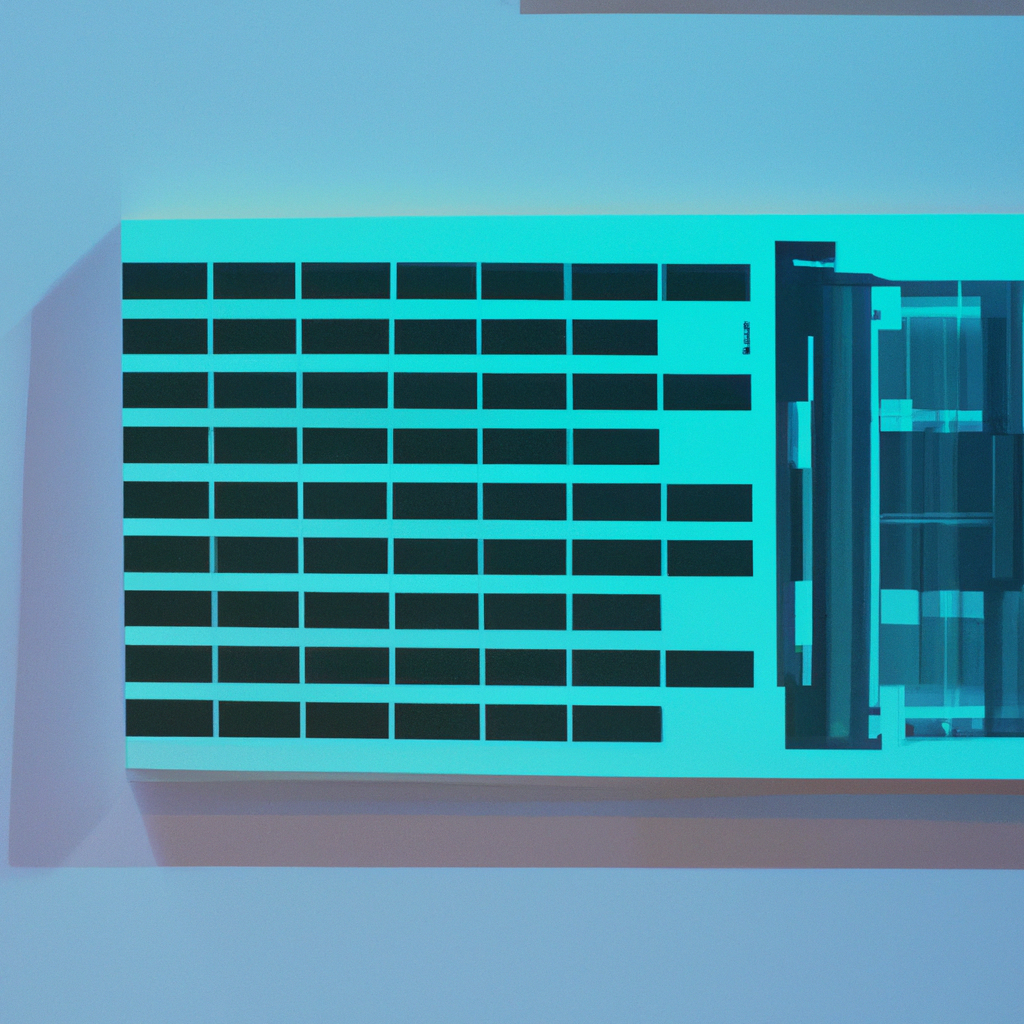Electronic ink or e-ink displays are an electronic display technology that has revolutionized the way we read and interact with digital content. Electronic ink or electronic paper (e-paper) is a type of electronic display technology that uses ink particles to produce an image. E-ink technology is used in various electronic devices such as e-readers, smartwatches, and electronic shelf labels. In this article, we will discuss how e-ink displays work and what makes them unique compared to other display technologies.
How do e-ink displays work?
An e-ink display or electrophoretic display is made up of millions of tiny ink particles that are suspended in a clear liquid. These ink particles are black and white and can be charged with electricity to create an image. The e-ink display consists of two layers of electrodes, one on top and one on the bottom. The ink particles are sandwiched between these two layers.
When a positive or negative charge is applied to the top or bottom layer, the ink particles move towards the opposite charge. For example, if a positive charge is applied to the top layer, the black ink particles move towards the bottom layer and the white ink particles move towards the top layer. This creates a black and white image on the screen.
The image on the e-ink display is produced using digital ink, which is a type of electronic ink technology that mimics the look and feel of traditional ink on paper. The ink particles used in e-ink displays are much smaller than the ones used in traditional ink, which makes them more efficient and easier to manipulate electronically.
Advantages of e-ink displays
E-ink displays have several advantages over other display technologies, including:
1. Low power consumption: E-ink displays use very little power compared to other display technologies. Once the image is displayed on the screen, it does not require any power to maintain it. This makes e-ink displays ideal for devices that require a long battery life, such as e-readers and smartwatches.
2. High contrast: E-ink displays have a high contrast ratio, which makes them easy to read in different lighting conditions. The white ink particles reflect light, while the black ink particles absorb light, creating a sharp contrast between the two colors.
3. Wide viewing angle: E-ink displays have a wide viewing angle, which means that the image on the screen can be viewed from different angles without losing its clarity. This makes e-ink displays ideal for devices that are meant to be shared, such as electronic shelf labels.
4. Durability: E-ink displays are very durable and can withstand extreme temperatures, humidity, and sunlight. This makes them ideal for outdoor use and in harsh environments.
Applications of e-ink displays
E-ink displays are used in various electronic devices such as:
1. E-readers: E-ink displays are commonly used in e-readers such as Kindle, Nook, and Kobo. The low power consumption and high contrast ratio of e-ink displays make them ideal for reading digital content such as books and magazines.
2. Smartwatches: E-ink displays are also used in smartwatches such as Pebble and Fossil. The low power consumption and wide viewing angle of e-ink displays make them ideal for displaying notifications and simple graphics.
3. Electronic shelf labels: E-ink displays are used in electronic shelf labels in supermarkets and retail stores. The low power consumption and durability of e-ink displays make them ideal for displaying prices and product information.
Conclusion
E-ink displays or electrophoretic displays are a type of electronic display technology that uses ink particles to produce an image. The low power consumption, high contrast ratio, wide viewing angle, and durability of e-ink displays make them ideal for various electronic devices such as e-readers, smartwatches, and electronic shelf labels. The use of digital ink and electronic ink technology has enabled e-ink displays to mimic the look and feel of traditional ink on paper, which makes them more user-friendly and accessible.







